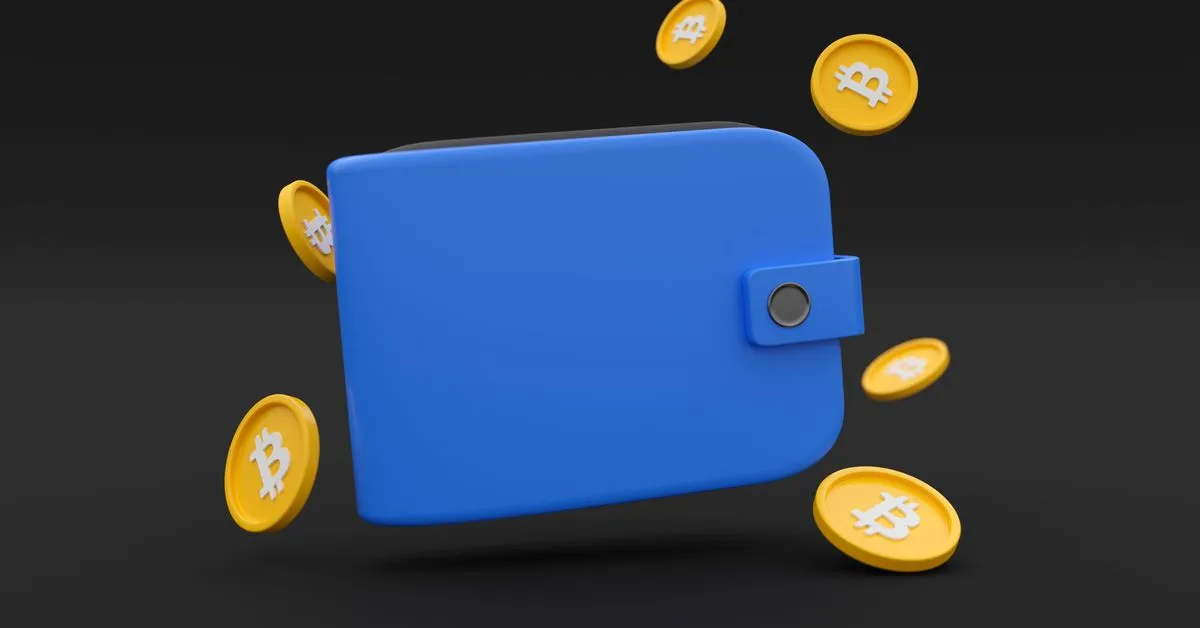Users. This will open up Web3 to a much larger audience and make it easier for users to access and interact with dApps.
The ‘wallet barrier’ has significantly hindered onboarding of brands and consumers that are otherwise attracted to Web3. For Web3 to achieve mass adoption, the function of wallets needs to be reimagined such that users are barely aware that wallets exist – the same way Web2 apps don’t expose the UserId representing that user in an internal database.
As Web3 continues to grow, the wallet barrier has been a major obstacle to mass adoption. With users stuck between custodial and self-custodial wallets, the steep learning curve and high stakes of mistakes have been a major deterrent. To break down this barrier, innovative technologies are emerging that can simplify and automate transactions across dApps, making Web3 more approachable and secure.
Smart contract wallets, decentralized identifiers (DIDs), Worldcoin and its World ID technology, and Google Passkey are just a few of the technologies that are paving the way for a wallet-less Web3. Smart contract wallets can be programmed to validate users based on customizable criteria, while DIDs enable the verification of identifying information without revealing the actual data. World ID can be thought of as a digital passport, and Google Passkey eliminates the need for passwords. Token-bound accounts also allow users to compartmentalize different decentralized assets.
These technologies are making it more secure and convenient to log into apps and services, and can help push wallets to the background while enhancing functionality and security for users. As these technologies evolve, users will be able to securely access and interact with dApps without ever having to think about the ins-and-outs of a self-custodial or custodial wallet.
